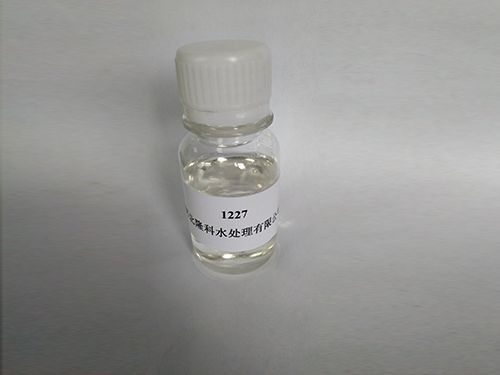polyaluminum chloride msds
Understanding the Safety Data Sheet for Polyaluminum Chloride
Polyaluminum chloride (PAC) is a widely used coagulant in water treatment and other industrial processes. It is important to understand its properties, potential hazards, and safety measures. The Material Safety Data Sheet (MSDS) for polyaluminum chloride provides critical information for safe handling and usage.
Chemical Identification
Polyaluminum chloride is an inorganic polymer that forms a solution when dissolved in water. It is used primarily for treating drinking water, wastewater, and in paper manufacturing. The chemical formula is typically represented as Aln(OH)mCl(3n-m), where n indicates the varying number of aluminum atoms.
Hazards
The MSDS outlines various hazards associated with polyaluminum chloride. While it is not considered highly toxic, exposure can lead to irritation of the skin, eyes, and respiratory tract. It is classified as a mild skin irritant and can cause serious eye damage. Hence, appropriate protective gear such as gloves and goggles is recommended when handling the substance.
Safe Handling and Storage
polyaluminum chloride msds

When working with PAC, employers should ensure adequate ventilation in the workspace to minimize inhalation risks. It is essential to avoid direct contact with the skin and eyes. The MSDS suggests storing PAC in a cool, dry place away from incompatible materials, such as strong bases and oxidizing agents. Containers should be properly labeled and secured to prevent spillages.
First Aid Measures
In case of exposure, the MSDS provides essential first aid information. For skin contact, it advises washing the affected area thoroughly with soap and water. If the substance gets into the eyes, it is critical to rinse them with water for at least 15 minutes and seek medical attention immediately. For inhalation, moving the affected individual to fresh air is crucial, and if symptoms persist, medical aid should be sought.
Environmental Impact
Polyaluminum chloride can potentially pose risks to aquatic life if released into water bodies in large quantities. The MSDS highlights the need for containment and proper disposal methods to mitigate environmental damage. Disposal should follow local regulations to prevent contamination.
Conclusion
In summary, understanding the MSDS for polyaluminum chloride is essential for ensuring safe handling, minimizing risks, and protecting both human health and the environment. Employees handling PAC should be well-informed about its properties and hazards to promote a safe working environment. Regular training and adherence to safety protocols are key to managing this versatile chemical effectively.
-
lk-319-special-scale-and-corrosion-inhibitor-for-steel-plants-advanced-solutions-for-industrial-water-systemsNewsAug.22,2025
-
flocculant-water-treatment-essential-chemical-solutions-for-purification-processesNewsAug.22,2025
-
isothiazolinones-versatile-microbial-control-agents-for-industrial-and-consumer-applicationsNewsAug.22,2025
-
scale-inhibitor-key-solutions-for-water-system-scale-preventionNewsAug.22,2025
-
organophosphonates-versatile-scale-inhibitors-for-industrial-water-systemsNewsAug.22,2025
-
scale-and-corrosion-inhibitor-essential-chemical-solutions-for-water-system-maintenanceNewsAug.22,2025





